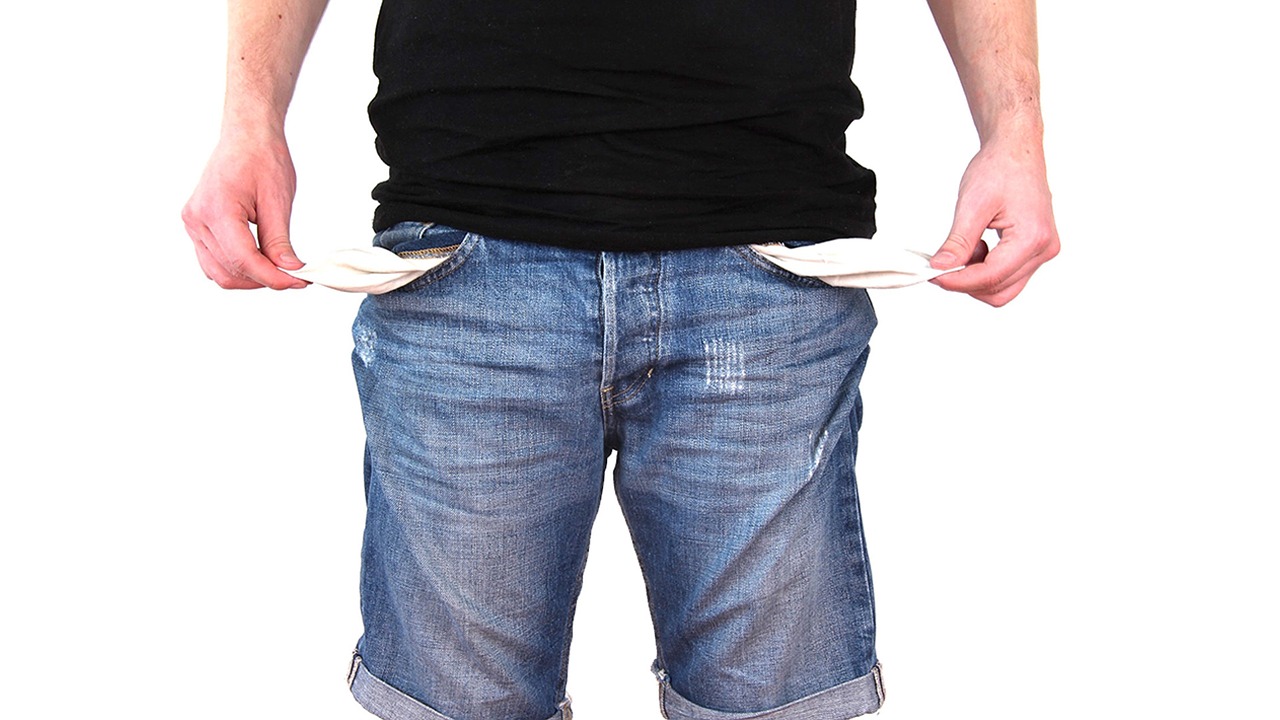An increasing number of people are unable to pay off their debt until they are halfway through their career, while some remain in debt even when they retire.
Even though many people look for a way to effectively reduce student loan debt, this type of debt in the United States only seems to increase. Now it stands at little below $1.5 trillion, with more than 44 million total borrowers.
There are two reasons for this ‒ the cost of higher education and the value of a bachelor’s degree. First, college tuitions seem to be more expensive than ever, so it is only natural that more and more students need to take out a loan in order to pay for their education.
In addition, each year we see more and more young Americans enroll in college. For many young people, a bachelor’s degree is a must-have since it greatly improves the chances of having a better life. In fact, it is estimated that a bachelor’s degree is worth $2.8 million over a lifetime. Also, a degree increases life expectancy by at least a decade and decreases the risk of unemployment.
If you would like to find out more details and statistics on student loan debt in the US, read on.
IMAGE: PIXABAY
Student Debt Statistics
Student loan debt in America amounts to more than $1.48 trillion, which is about 42% more than the total credit card debt. Student loan debt statistics are terrifying and it is only a matter of time when this higher education bubble is going to burst.
As many as 44.2 million Americans are paying off their student loan debt, the average and median monthly student loan payment is $351 and $203 respectively.
Moreover, about 1.3 million (about 71%) students who graduated from four-year colleges in 2012 had student loan debt. In the same year, as many as 75% of graduates from private nonprofit colleges had loans with the average debt of $32,300, while ‘only’ 66% of graduates from public colleges had loan debt, the average amount being $25,550. In addition, 88% of the students who graduated from for-profit colleges had loans, with the average debt of $39,950.
Private loans accounted for 20% of graduate loans, while those who received Pell Grants were likely to borrow more money.
Students who pursued graduate and professional degrees took out loans accounting for about 40% of the $1 trillion student loan debt in 2012.
By degree, undergraduate and graduate loans were used by students majoring in:
- Master of Science – $50,400 (18% of graduate degrees)
- Master of Education – $50,879 (16%)
- MBA – $42,000 (11%)
- Master of Arts – $58,539 (8%)
- Law – $140,616 (4%)
Student Debt By City And State
A recent study by LendingTree revealed cities with most student debt. According to the study, people who live in the Southeast hold the most student debt. As many as 90% of the cities with most debt are below the Mason-Dixon line. There are a number of factors that contribute to this picture, such as a lower income in the South, lower-value scholarships, less parental wealth and support, etc.
Elite Personal Finance has published a detailed list of cities with the most student debt, as well as the cities with the least student debt.
These are the cities with most student debt and their median balances:
- Washington, DC – $22,803
- Atlanta, Georgia – $22,232
- Richmond, Virginia – $21,915
- Raleigh, North Carolina – $21,357
- Akron, Ohio – $21,037
- Little Rock, Arkansas – $21,031
- Birmingham, Alabama – $20,679
- Jackson, Mississippi – $20,650
- Columbia, South Carolina – $20,560
- Charleston, South Carolina – $20,469
There is an interesting pattern in grads with big loan debt ‒ they tend to move to cities with nonprofit and government jobs. The main reason for this is that these positions are very likely to provide people with public loan forgiveness.
When it comes to states with the most student debt, it is hardly a surprise that California, Florida, Texas and New York account for over 20% of the total number of all student loan borrowers in the United States.
However, it is New Hampshire that has the highest average student loan debt per student ($36,367) from the Class of 2016. On the other hand, from the class of the same year, Utah is the state with the lowest average student debt per student ($19,975).
This a list of the cities with the highest average student loan debt:
- New Hampshire – $36,367
- Pennsylvania – $35,759
- Connecticut – $35,494
- Delaware – $33,838
- Minnesota – $31,915
- Massachusetts – $31,563
- South Dakota – $31,362
- Maine – $31,295
- Alabama – $31,275
- Rhode Island – $31,217
As of 2016, the average student debt per capita is $4.920.
- Ohio: $5,700
- Pennsylvania: $5,690
- New York: $5,570
- Michigan: $5,330
- Arizona: $4,760
Women Hold Most Debt
In fall 2016, 56% of the students enrolled at American colleges and universities were women. However, women are far ahead of their male peers when it comes to taking out student loans.
Women hold almost $900 billion in student debt, which is nearly two-thirds of the total student loan debt in America. One of the reasons for this is the fact that women with college degrees who work full-time earn 26% less than men. This means that they have less money to make their student loan payments, which, consequently, increases their interest over time.
How To Reduce Student Debt (Or Pay It Off Fast)
These simple tips will help you get out of student loan debt.
1. Add Extra Money To The Payment
If you are able to afford it, don’t limit yourself to minimum payments. Instead, add extra money to them, even if only $10 a month for the start. It is useful to have payments already set up so that anything extra goes directly toward your principal.
The easiest way to make more than the minimum payment is to set up automatic payments with the extra amount added. This way, you will not be tempted to change your mind and spend that money on other things.
2. Refinance
If you want to pay off your student debt faster, one of the best things you can do is refinance your loan as well as refinancing your student loans. This will decrease your interest rates, which means that more money will go toward paying the student loan.
Refinancing multiple student loans will get you one consolidated loan with a single monthly payment or lower rates. Whatever you do, make sure you find an option that will decrease your interest rate.
3. Get A Job That Offers Loan Forgiveness
Public Service Loan Forgiveness program might be exactly what you need. Some jobs, like teaching or public service work, offer forgiveness for a part of your loan or even entire loan. However, it is necessary to meet requirements for such a job and complete the full term of work to get any forgiveness.
4. Use Your Raises
Instead of using your raises to buy thighs you don’t actually need, you can apply them toward paying off your loan. For instance, you could take a half of your raise and use it to make student loan payments. You can either up your automatic payments or transfer the money to a savings account.
5. Adjust Your Budget
If you cannot increase your income at the moment but want to find more money to pay off your debt, try decreasing your budget.
There are countless ways to do this such as eating at home, finding a more affordable apartment, cancel cable TV, buying in bulk, etc.
This is not something that will last all your life. Try it for a couple of months first to see how much you can save and what sacrifices you are ready to make.
Student Debt In 2018 – The Bottom Line
As you were able to see, some of the numbers in the statistics are rather scary. Student loan debt is one-sixth of the U.S. economy and we should all ask ourselves for how long the economy will be able to take it.
And while residents of some states and cities are better than others at finding ways to decrease student loan debt, this is irrelevant as long as the entire country suffers from this problem. Who knows what kind of financial earthquake may happen if nothing changes in the foreseeable future.
But one thing is for sure ‒ you stand much better chances of having a decent life with than without a bachelor’s degree. Therefore, if you need a loan to pay for your higher education, then, by all means, take one. However, it is essential that you choose your lender wisely and pay back the loan as soon as you can.
If you are interested in even more business-related articles and information from us here at Bit Rebels then we have a lot to choose from.


COMMENTS